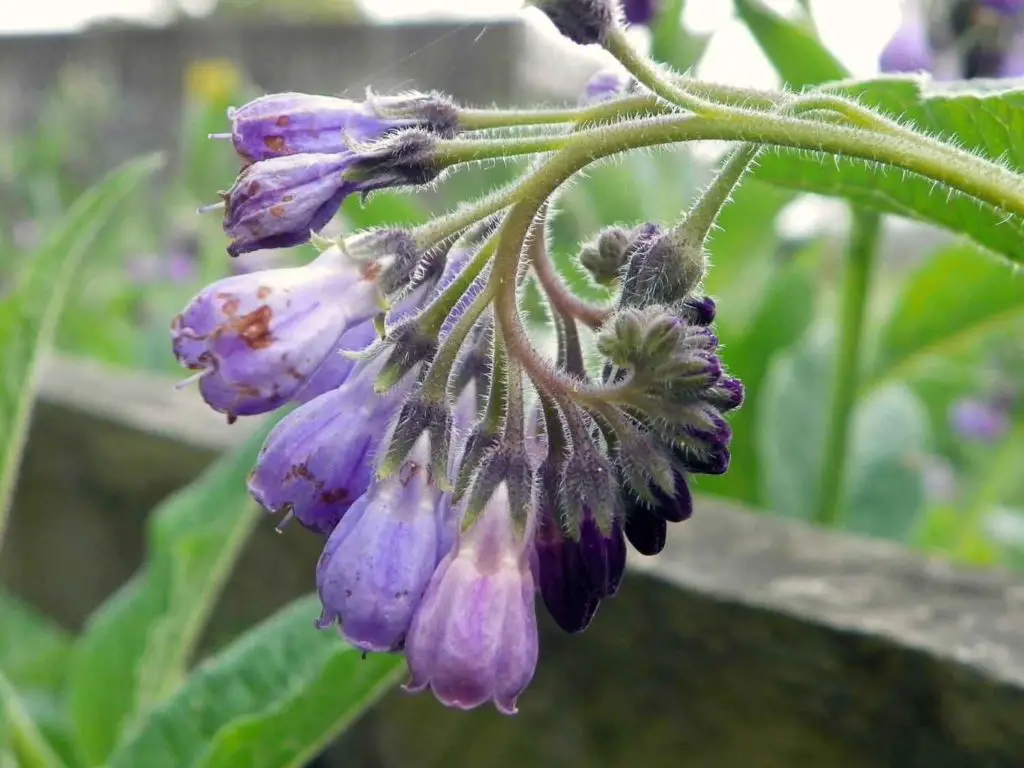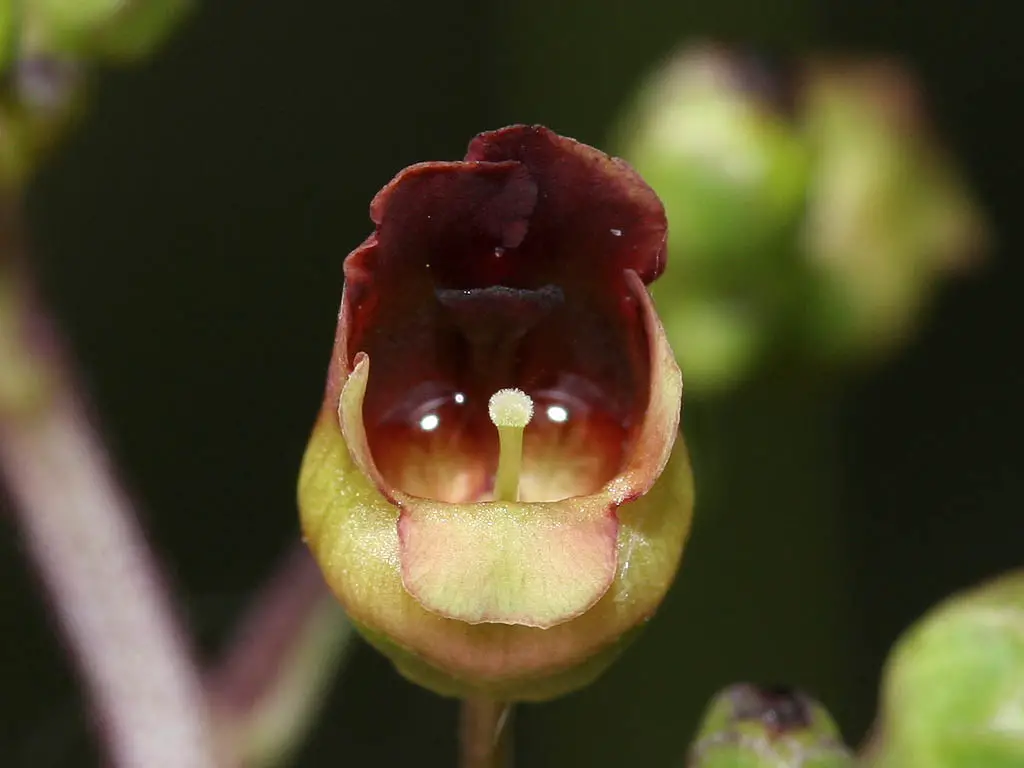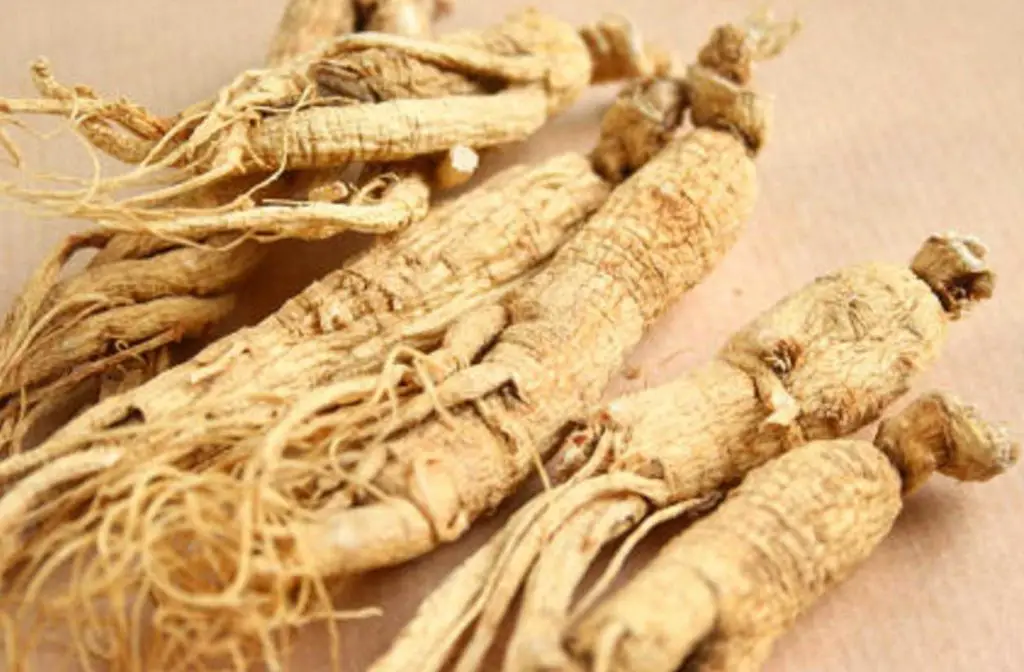What is a Polysaccharide?
The term “polysaccharides” broadly refers to complex, long-chain carbohydrates that provide nutritive elements in the human diet, and may also possess anti-inflammatory and/or immunomodulatory properties, among other health benefits. In a general sense, any sugar molecule that has a glycogen bond can be referred to as a polysaccharide. These substances can be comprised of as few as ten monosaccharides (the simplest carbohydrate), or up to thousands of monosaccharide molecules in various branched chain arrangements. The most common monosaccharides that comprise polysaccharide chains include the simple sugars glucose, fructose, galactose, and mannose (all of which are composed of the same elements: C6H12O6).
What roles do Polysaccharides play in Living Things?
There are two primary classifications of polysaccharides: storage, which refers to the type that serves as an energy reserve, and structural, which refers to the type that builds up the cell walls in plants and within the skeletons of animals. A storage polysaccharide is typically composed of a singular type of monosaccharide, which can be either a homopolysaccharide or a homoglycan, and usually manifests in the form of starch or glycogen.
These types of polysaccharides can be found in grains, corn, potatoes, and certain fruits. Structural or non-starch polysaccharides are comprised of more than one type of monosaccharide, collectively called heteropolysaccharides or heteroglycans. These manifest as cellulose, chitin (which is indigestible), beta-glucans, and alginates found in plants.
What are the 3 Types of Polysaccharides?
The three main types of polysaccharides related to human nutrition are starch, cellulose, and glycogen.
Starch
Starch refers to a digestible energy source obtained from plants. They are made up of thousands of glucose molecules and can be found in cereal grains and their products, which include wheat, oats, barley, corn, rice, bread, pasta, potatoes, and legumes. Starch is comprised of a mixture of two primary polysaccharide types: amylose and amylopectin (both are digestible, but the latter is somewhat more so).
Cellulose
Cellulose is a mostly-indigestible polysaccharide also composed of thousands of glucose molecules. It is not an essential nutrient, but it can act as an insoluble fiber, increasing the bulk of the stool and facilitating productive digestion in the human intestine. Cellulose is only naturally occurring in plant substances, such as whole grains, green leafy vegetables, peas, lentils, and beans.
Glycogen
Glycogen is a complex, multi-branched polysaccharide whose primary function is energy storage. It is a digestible substance and is particularly effective in the storage of glucose, which in turn serves as a critical source of fuel for our cells and organs. Glycogen can be found in shellfish, fruits, starchy vegetables, and whole grains. It is a non-starch polysaccharide.
In general, plant-based products serve as the most efficient providers of polysaccharides, whereas animal-based food products are largely poor sources.
What Are Polysaccharides Made of?
Polysaccharides are made up of monosaccharides, or simple sugars, the most basic of carbohydrates. With a few exceptions, monosaccharides have the chemical formula C6H12O6 and cannot be broken down into simpler compounds. In polysaccharides, monosaccharides are connected via glycosidic bonds. The way in which each monosaccharide connects and their resulting structure determines the properties and dietary benefits of the fully formed polysaccharide. They can be composed of as few as ten and as many as several thousand monosaccharides.
Polysaccharides Benefits
Polysaccharides are essential for healthy nutrition. They manifest as complex carbohydrates, which serve as the body’s main source of fuel. Further, most complex carbohydrates promote digestive health thanks to a high degree of soluble fiber. While all polysaccharides serve fundamentally towards short-term or long-term energy storage, the additional functions of each polysaccharide type depend on their respective glycosidic bonds.
For example, structural or non-starch polysaccharides yield prebiotic effects, contributing to the growth and proliferation of beneficial microorganisms in the colon. Many polysaccharides are also proven to have immunomodulatory and anti-inflammatory effects, particularly beta-glucans, which are often referred to as “biological response” or “host defense modifiers.” Numerous clinical studies have pointed to the efficacy of plant-based beta-glucans in tumor suppression, protection against chemotherapeutic side effects, and in serving anti-inflammatory and antioxidant purposes.
Storage polysaccharides can also by antihypercholesterolemic, which makes them particularly beneficial for individuals suffering from type 2 diabetes. Further, beta-glucans have been revealed to lower plasma cholesterol levels and modulate blood glucose and insulin levels.
Polysaccharides with large amounts of gelatinous material called mucilage are particularly effective in alleviating intestinal inflammation and/or distress. These molecules, also called mucopolysaccharides, are able to coat the stomach and manage the efficient absorption of nutrients in the gastrointestinal tract, and their lubricating capabilities are also beneficial toward healing joint pain and inflammation.
For all these reasons, much clinical research has been directed towards polysaccharide-rich “superfoods” and their ability to treat cardiovascular diseases, type 2 diabetes, and chronic pain, and even suppress the growth of cancerous tumors.
Examples of Polysaccharide-Rich Foods or Supplements
The polysaccharide-rich “superfoods” include:
Medicinal Mushrooms
Various medicinal fungi like Reishi, Chaga, Maitake, Lions Mane and Turkey Tail are known to be exceptionally productive sources of long-chain polysaccharides. To date, more than 2,000 species of medicinal mushrooms have been classified and identified around the globe. Though the fiber, fat, and protein contents of these mushrooms vary greatly by species, medicinal fungi are universally known to have therapeutic properties against conditions like obesity, diabetes, and hypercholesterolemia, as well as antiviral, antiviral, prebiotic, and probiotic capabilities. These benefits are primarily attributed to specific mushroom polysaccharides, the majority of which are beta-glucan polymers. Several studies have validated the efficacy of mushroom beta-glucans (including those isolated from Grifola frondosa [or Hen-of-the-Wood], Pleurotus eryngii [the King Oyster Mushroom], Agaricus blazei Murrill, Russula albonigra, and Lentinula edodes [or shiitake] to name a few) in terms of regulating plasma sugar levels and serum cholesterol, and modulating immune response and T-cell response to cancer cell lines in human and animal subjects.
Seaweeds and Microalgae
In the past two decades, much research has been dedicated to the bioactive properties and resultant health benefits of seaweed-derived polysaccharides, most notably alginates, fucoidans, carrageenans, agars, and ulvans. Researchers have confirmed that fundamental seaweed and freshwater algae polysaccharides have immunomodulatory, antitumor, antithrombotic, anticoagulant, anti-inflammatory, antiviral, and antimicrobial capabilities.
Adaptogens
Adaptogens can be defined as plants and/or plant extracts that enhance an organism’s ability to respond effectively to stressors, as well as changes in endocrine/immune function. Some popularly used adaptogenic herbs include Asian ginseng, basil, milk thistle, Ashwagandha (also known as Indian ginseng), aloe vera, licorice root, and turmeric. The complex long-chain beta-glucans that characterize most adaptogens are particularly well-known for their immunomodulatory, antioxidant, anti-cancer, serum cholesterol-lowering, and wound healing properties.
Fenugreek
Fenugreek refers to a Near Eastern herb whose aromatic leaves and seeds have historically been used to reduce bitterness and boost flavor in various dishes. It is also known for its anticarcinogenic, hypocholesterolemic, antidiabetic, and antioxidant capabilities. Further, its polysaccharide-rich fractions have been demonstrated to aid digestion and bilic acid absorption.
Chia Seeds
Cultivated from the flowering Central American plant Salvia hispanica, chia seeds are rich in fiber, protein, and Omega-3 fatty acids. Research has also indicated that chia seeds contain high quantities of α-linolenic acid and crude polysaccharides, which contribute to the plant’s anti-inflammatory, antioxidant, and possible antidiabetic activities.
Barley, Rye, and Oats
These cereal crops are rich in various nutritive elements, including manganese, copper, magnesium, B-complex vitamins, and dietary fiber. Each of these grains is also rich in water-soluble non-starch polysaccharides, which are known to promote healthy digestion and large bowel function. Barley and oats are particularly high in beta-glucans, which may lower plasma cholesterol levels and modulate blood glucose and insulin levels.
Aloe Vera
Aloe vera, or Aloe barbadensis miller, is the most common in a genus of over 500 species of succulent flowering plants commonly cultivated for medicinal purposes. Its extract is used in a wide variety of cosmetic, pharmaceutical, and nutritional products for its anti-inflammatory, immunomodulatory, and antioxidant properties. Aloe vera is known to possess numerous bioactive polysaccharides, including polymannose, acemannan, and glucomannan. Polysaccharides, particularly mannose-containing polysaccharides, comprise the majority of aloe vera gel, and have been demonstrated to have very potent anti-inflammatory properties.
Noni Fruit
Noni fruit refers to the fruit of the flowering Morinda citrifolia tree, which is indigenous to Southeast Asia and Australia and a member of the coffee family. The fruit is commonly used in Thai cuisine, but it is also commercially available in a variety of juice beverages, powders, oils, and even cosmetic products such as lotions and soaps. The noni fruit is well-known as an immune booster and antioxidant, and in recent years there has been much attention paid to the polysaccharide-rich fraction of noni juice as a supplementary anti-cancer treatment.
The polysaccharide-rich components crucial to a wholesome human diet can be derived almost entirely from plant sources. Within the last two decades, research into the bioactive functions of polysaccharides, carbohydrates, and dietary fiber has revealed the therapeutic effects of these constituents against chronic diseases and various cancers. It is also becoming clearer that both fibers and resistant starches have more potent curative effects than previously believed, making polysaccharide-rich foods an emerging focal point in the study of human health and digestion.
References:
https://www.sciencedirect.com/science/article/pii/S1658077X15301065
https://onlinelibrary.wiley.com/doi/abs/10.1002/star.201400127
https://www.ncbi.nlm.nih.gov/pmc/articles/PMC4745557/
https://www.ncbi.nlm.nih.gov/pubmed/22909979
https://pubs.acs.org/doi/abs/10.1021/jf00097a023
https://www.ncbi.nlm.nih.gov/pmc/articles/PMC5152545/
https://www.ncbi.nlm.nih.gov/pubmed/22747080
https://www.sciencedirect.com/science/article/pii/S0268005X09800015
https://www.ncbi.nlm.nih.gov/pmc/articles/PMC5302426/
https://www.ncbi.nlm.nih.gov/books/NBK92765/
https://www.sciencedirect.com/science/article/pii/S0144861798001635
https://www.sciencedirect.com/science/article/pii/S1054358908570098
https://www.sciencedirect.com/science/article/pii/S1021949817300364





